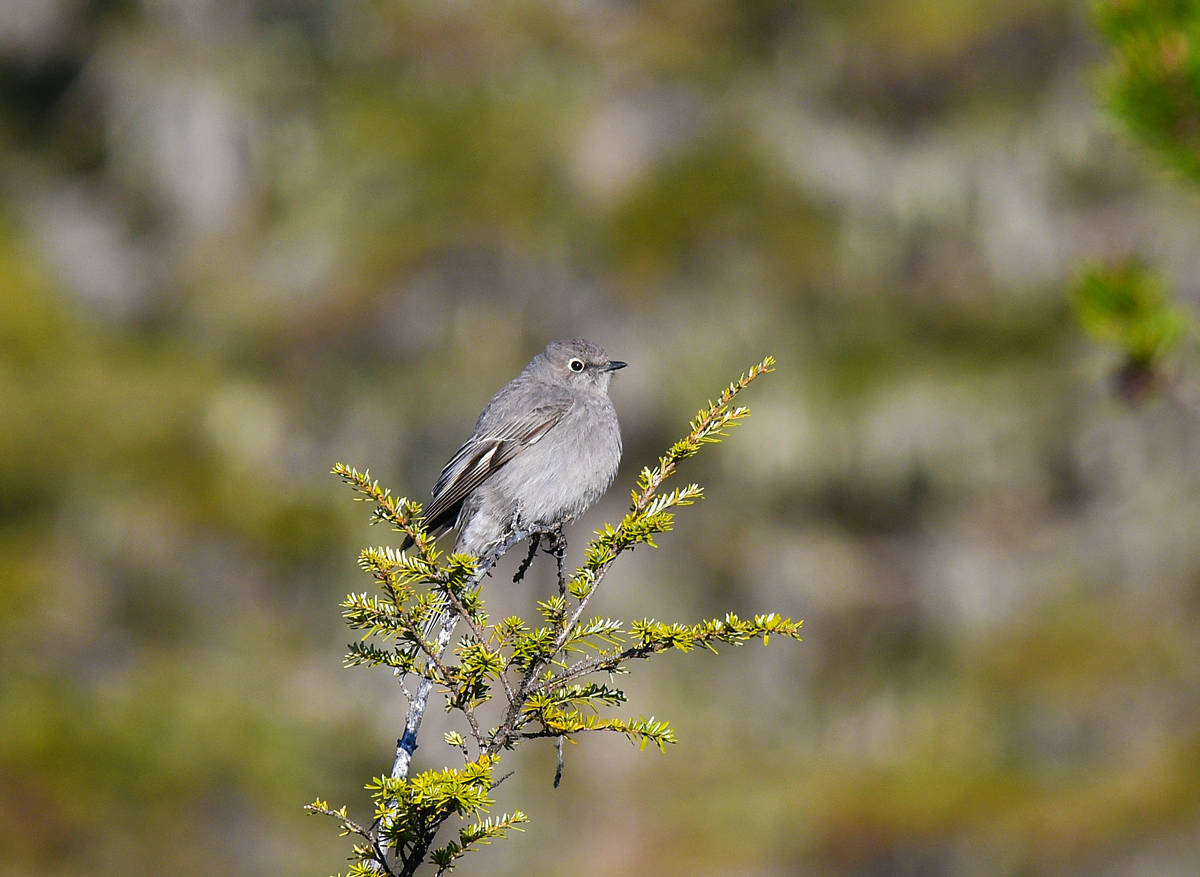By Mary F. Willson
For the Juneau Empire
Several sunny (!) days in a row in mid April. I’ve now hacked most of the ice off my driveway and trimmed back the piles of snow on my terraces from 2 feet deep to a few inches. Mallards are thronging to my pond, which has ice only in the middle, with wide open channels around the edge. I hear juncos, ruby-crowned kinglets, varied thrushes, and nuthatches in my yard. Maybe it’s really spring!
All that sunny weather drew me out to soak up the sunshine. On Boy Scout Beach, while a group of friends perched to have lunch, a beautiful, huge, queen bumblebee checked us out — she particularly liked a certain blue-purple jacket, to the consternation of the human inside. Those bees just love that hue and come buzzing around, as if it were one huge flower. They usually figure things out fairly quickly and go away.
[On The Trails: There’s many ways to carry a lunch]
On another day, I visited Eagle Beach and found a partial skeleton near the high tide line — one forelimb and a body, but no skull. The bones were quite well picked-over by scavengers. I was puzzled — they clearly didn’t’ come from a deer or a seal; otter and bear were quickly ruled out; so who was it? A little bony detective work on the internet later found a likely prospect — a small Steller sea lion. The clues were the short, stout bones of the forelimb, a curve at the back edge of the shoulder-blade, and the lack of well-developed flanges (neural spines) on the outer part of the vertebrae. That tentative ID was later confirmed by a photographer friend who had seen the carcass. The forelimb was especially interesting—the upper arm bone (humerus) was very short (maybe 5 inches long); the two lower arm bones (ulna and radius) were not quite so short but quite thick. That morphology might be related to how they use their forelimbs on land, hoisting the heavy body over the ground.
A couple of days later, I walked the dike trail with a friend, and the place had really come alive. Ruby-crowned kinglets serenaded us all along the trail, helped by a song sparrow or two. Golden-crowned sparrows scratched around in the thickets for fallen seeds and occasional bugs. Four pipits explored a channel left dry by the low tide. Robins were scattered widely over the grassy tideflats, foraging, and scolding when disturbed. A male yellow-rumped warbler hawked for flying insects over a pond and a female flitted about in a semi-dry channel after bugs that were jumping around. Two shorebirds got away from me but a greater yellowlegs was poking around in some shallows. All that warm sun had made green shoots of several species begin to rise from the soil, and on the trees a few leaf and flower buds were ready to open.
The next day I walked Eagle Beach again. Things were very quiet until a northern harrier coursed over the flats, scattering a few small birds and provoking the geese into vociferous protests. Harriers often cruise the beaches at this time of year, no doubt hoping to nab migrating shorebirds. Although I’d missed (sadly) the migrating mountain bluebirds reported from several beach areas, I did score a minor coup — a Townsend’s solitaire was hanging out in the brush at the edge of the big meadow at Eagle Beach, making occasional forays into the open in pursuit of small flying insects. This species typically nests in the Interior, often in open forest habitats, placing its nests in cutbanks and on steep rocky slopes; the nests are on the ground but usually have some overhanging rocks or stumps. By luck, I even found one, a long time ago.
A few more fine, sunny days, and there were blueberries in flower, skunk cabbages up and open for their female-phase flowers, a flock of snow geese on the wetlands, and reports of wood frogs chorusing in a pond over on Douglas. It’s happening.
• Mary F. Willson is a retired professor of ecology. “On The Trails” appears every Wednesday in the Juneau Empire.

